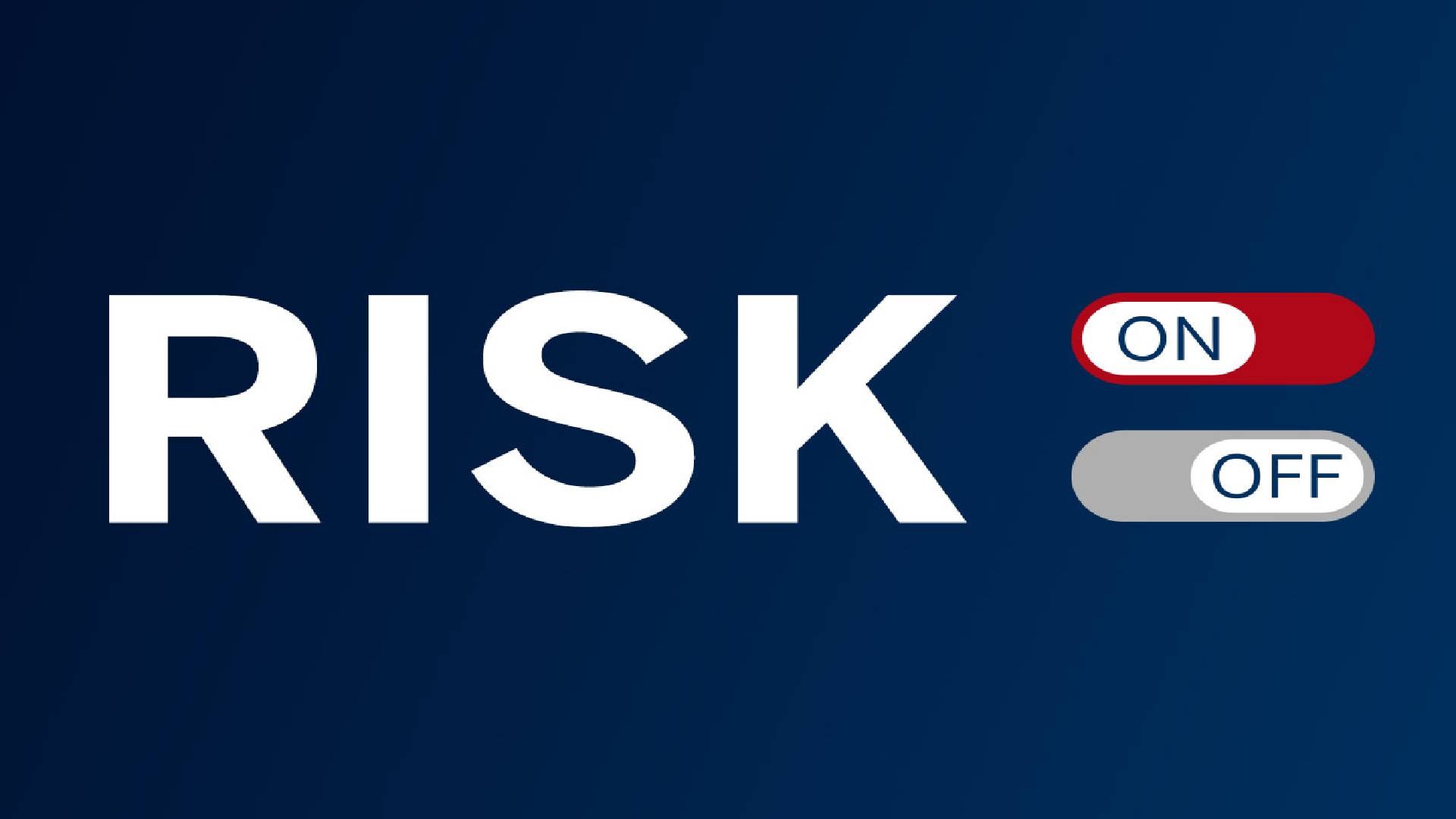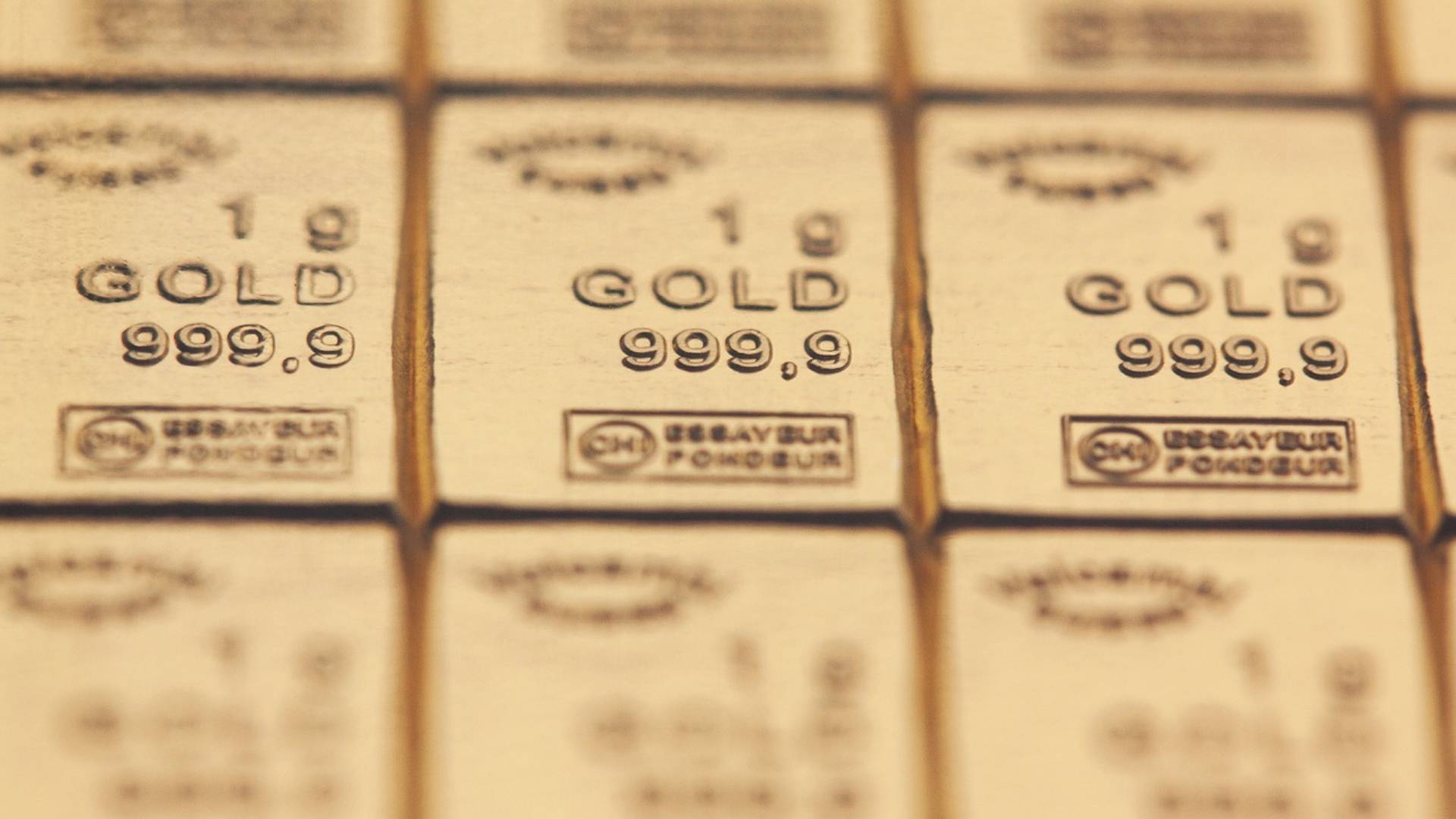 Each strategy contains a series of rules that define the moment of entry and exit from the position. This allows you to determine a rate of return which your strategy delivers. However, only by manual opening and closing positions, you won’t get profitable in currency trading. What piece is missing from the puzzle of a profitable trader? Money and risk management.
Each strategy contains a series of rules that define the moment of entry and exit from the position. This allows you to determine a rate of return which your strategy delivers. However, only by manual opening and closing positions, you won’t get profitable in currency trading. What piece is missing from the puzzle of a profitable trader? Money and risk management.
Money management rules are often discussed during trading seminars and investment webinars. Nonetheless, only a few traders consider money management as a crucial part of their trading plan and admit how big role money management rules plan in their overall trading success. All professional traders will admit that proper money management is the key to long-term success in investing. Money management tells you how much of the available funds will be involved in the transaction and what percentage of capital is at risk in a single transaction. In order to manage losing positions, experience traders set Stop Loss orders.
Stop Loss order
Wondering what a Stop Loss is? A Stop Loss (SL) is an order with an activation limit, which can be also called a defensive order or a loss cutting order. This is because the original purpose of this order was to prevent the loss from growing. By setting a Stop Loss order you determine the maximum loss you will incur and set the price level on which your position will get automatically closed.
For example, let us consider a situation in which you as a trader decided to risk the amount of 500 USD per one transaction and opened a position on the EURUSD currency pair with the equivalent of 100,000 base units (i.e. the popular 1.0 lot). As 1 pip on 1.0 lot on EURUSD is worth 10 USD, with the given maximum loss you would be able to maintain the position if the EURUSD price doesn’t move more than 50 pips from your opening price. Therefore, your Stop Loss defensive order should be 50 pips away from the opening price. If EURUSD swings more than 50 pips against your position it will get automatically closed and limit any further losses that could occur.
If you as a trader decided to double your exposure – that is to open 2.0 lots instead of 1.0 lot – you would have to reduce the distance from the Stop Loss by half – just to 25 pips. On the other hand, if he were to say that the 100 pips are a more prudent and safer distance from the opening price, you would have to reduce your exposure to only 0.5 lot.
Does Stop Loss help?
A Stop Loss defensive order allows you to determine a price level on which your trade should automatically get closed. More experienced market participants may ask the question “why do I need a Stop Loss?” After all, a trade should be closed when the trader clearly states that the observed conditions on the chart confirm a permanent change in the market trend. That’s correct, however not every trader wants or can spend the majority of his business day in front of his laptop or PC staring at currency charts. When you combine online trading with professional work, Stop Loss order may become very useful.
The very fact of observing the smallest ticks in a price chart from the moment a position is opened to the moment it is closed can result in you being extremely psychologically exhausted and with your nerves ragged. An additional fact in favour of using a Stop Loss order is a situation when you do not manage to close the order due to a sudden, strong movement against your position. Such movements often occur immediately after the important economic data is released.
Fixed Stop Loss or Price-Adjusted Stop Loss
There are many ways how to set up a Stop Loss order. In case you’re opening your trades manually, sooner or later you will start to wonder whether you should move the originally set Stop Loss. There are two basic approaches that can help you to solve this issue.
The enigmatic name of a fixed Stop Loss should be understood as a constant value of a defensive order throughout the entire duration of the transaction. It fits perfectly into the saying “set and forgets”. After setting the value at which you close a trade with a loss and the value at which you book the profit (Take profit), you do not need to perform any additional actions. This type of approach is suitable for orders where the distance from the opening price of the Take Profit order is at least twice as big as to the Stop Loss order.
In the second approach, the initial setup looks very similar to that of a fixed Stop Loss. Once you open your trade you set the Stop Loss at a level which you consider price going against you. The difference is that you continuously update the position of your Stop Loss relative to the current price. A good example of the use of the price-adjusted Stop Loss is when a price moves in an uptrend and you simply set new Stop Loss level below new higher lows. In this way, your position can go with the trend while your profits are always secured. This approach is perfect for strategies based on breakouts from the consolidation area, which often initiate a strong movement in a certain direction while creating small correctional moves.








